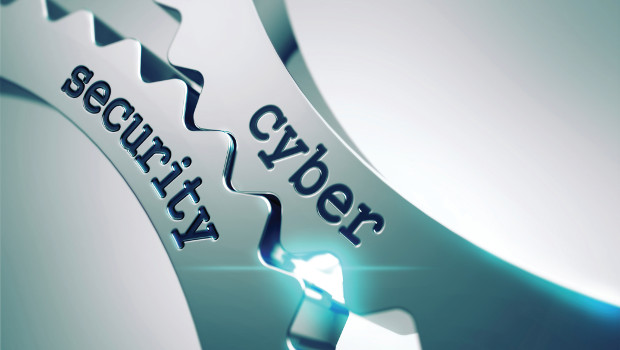
Large companies fall short on domain security
The majority of organisations on the Forbes Global 2000 list are vulnerable to attacks on their Internet domains due to poor security, according to a study by domain registrar and digital branding company CSC.
The company analysed domains owned by the top 2000 companies on Forbes’ list to assess their domain security controls. It found that many of them failed to implement domain security controls that would help to prevent phishing and domain hijacking.
Half of the companies surveyed do not use domain-based message authentication, reporting, and conformance (DMARC), a protocol used to verify that emails came from a legitimate address.
IT software and services companies were the highest adopters, at 74%, followed closely by healthcare equipment and services, semiconductor manufacturers, and media companies. Construction companies (28%) were the least likely to use the tool.
CSC also found low usage of several other domain protection methods. Only 5% of companies used DNSSEC, a protocol that prevents DNS cache poisoning attacks. The same number used certificate authority authorisation (CAA) records, which designate a separate certificate authority for a company’s domains. This stops an attacker from accessing a company’s digital certificates if they get control of a domain.
Registry locks secure domain name transactions from end to end, helping to prevent domain hijacking. Only one in five companies used these.
CSC also searched for suspicious domains often used in phishing attacks that hackers might use to target companies on the list. These included fuzzy matches, which substitute alternative Latin characters in domains (such as 0 instead of o), ‘cousin’ domains using different top-level domains (like country-level domains instead of .com), domains that mix topical keywords in with a company name, and homophones, which use names that sound like others.
Researchers also searched for homoglyph-based domains (also known as homographs). These domains use Unicode characters from non-Latin character sets such as cyrillic or Greek that look like Latin characters, enabling them to mimic popular targets’ domain names.
The company found that 70% of these suspicious domain types were owned by third parties, with 60% registered since the beginning of 2020. Most domains (57%) pointed to advertising or pay-per-click (PPC) Web content or were parked. However, nearly half (44%) were configured to send and receive e-mail, making them potential vehicles for phishing spam.
Ⓒ Future Publishing
Professional Development for IT professionals
The mission of the Irish Computer Society is to advance, promote and represent the interests of ICT professionals in Ireland. Membership of the ICS typically reduces courses by 20%. Find out more







Subscribers 0
Fans 0
Followers 0
Followers